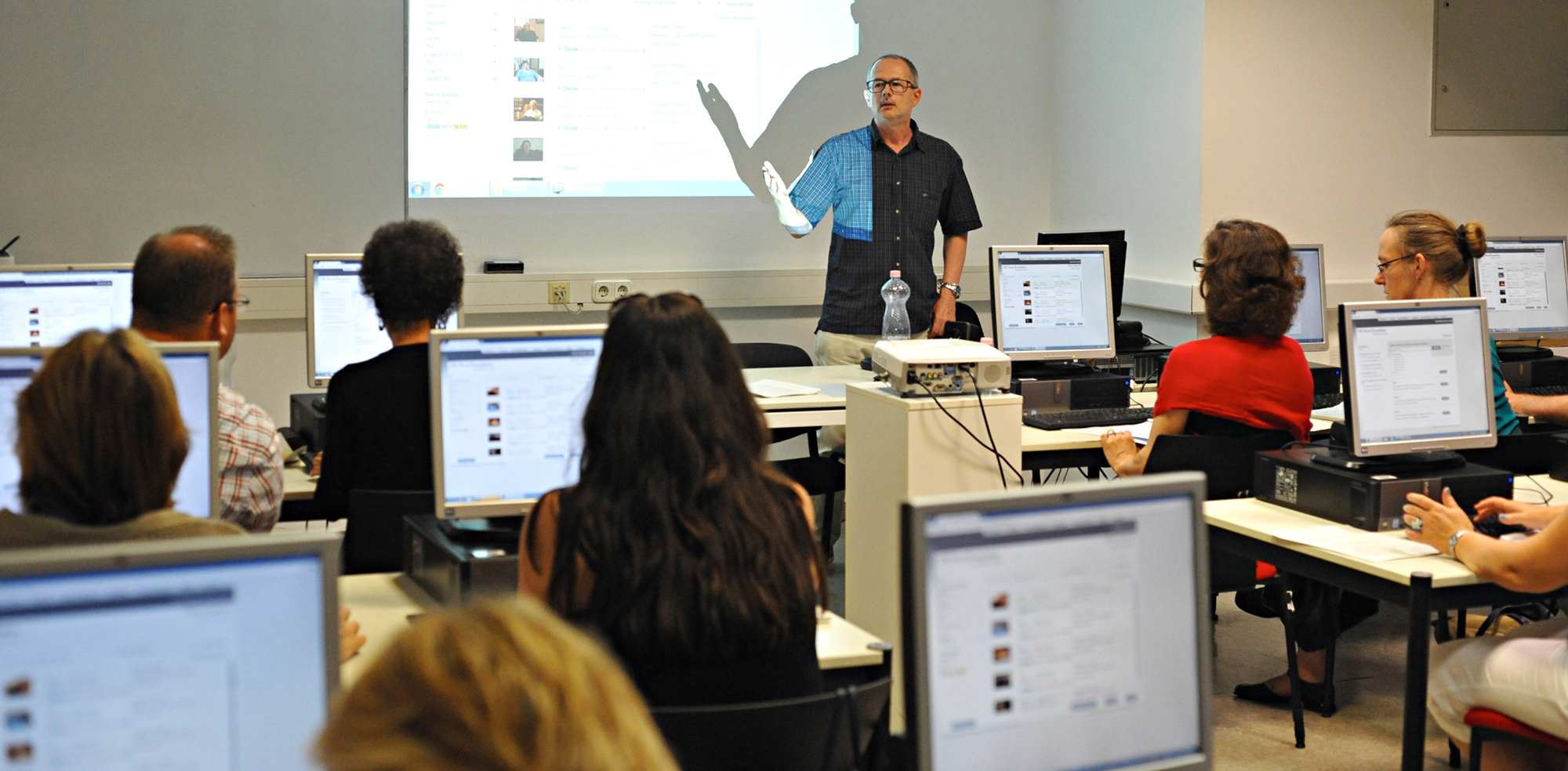Central European University and Duke University Collaborate on Course Using Visual History Archive

Students in Budapest, Hungary, and Durham, North Carolina, are taking a joint online course this semester on archives, memory and human rights. And last month, that included an introductory session on the Visual History Archive that will help inform their class curriculum and projects.
The on-line collaborative interdisciplinary research seminar “Preserving and Interpreting Knowledges of the Past and Promoting Social Justice” is offered within CEU’s Civic Engagement Initiative. The course introduces students to various emergent approaches to thinking about “the archive” – that is, in the broadest sense, records of the past – and to question how some knowledge about the past gets preserved and some repressed. It will look at the issue of archives, memory, and human rights, introducing students to various emergent approaches to thinking about the past and its role in shaping the present.
At CEU, the course is led by Andrea Pető, who frequently uses the VHA in her teaching in the department of Gender Studies, and librarian Peter Berczi. Robin Kirk is leading the course from Duke.
This seminar will involve simultaneous teaching on both sites. Most class sessions will be joint sessions with classrooms at Duke and at CEU connected through video/internet technologies. Students will discuss their research projects about their hands on experience working in/with an archive such as setting up an LGBTQIT archive in Budapest.
The course introduces specific examples of archives, such as the Open Society Archives, USC Shoah Foundation’s Visual History Archive, and others, so as to give students “hands-on” experiences with exploring archives, and to offer possibilities for developing a focused project.
Berczi and USC Shoah Foundation Hungarian regional consultant Andrea Szőnyi led a 90-minute presentation and training for the students in both universities about the Visual History Archive. Szőnyi and Berczi gave background information about USC Shoah Foundation and the creation of the VHA and demonstrated how to search the 54,000 testimonies. The students spent a second class period learning more and doing their own hands-on research in the VHA.
For their final projects, each student will create an online exhibit, historical map, timeline, image display or other project that combines their individual research interests with the larger themes of the course.